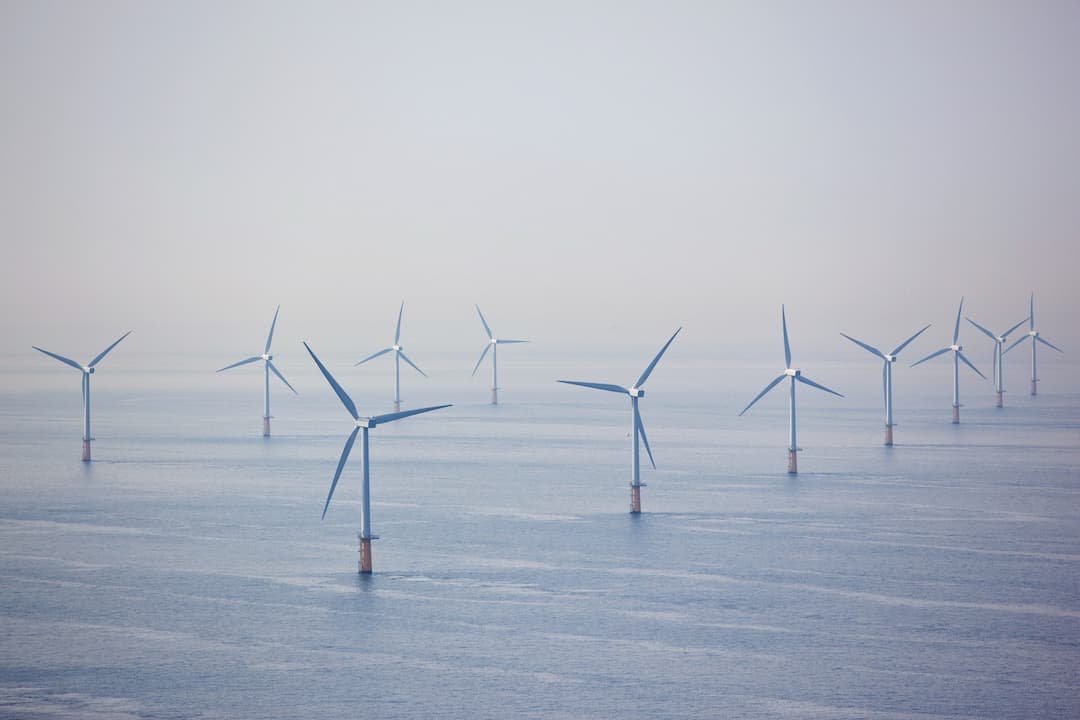The Offshore Renewable Energy Catapult and the National Renewable Energy Centre have today announced that they are merging to form a national champion for the development and cost reduction of offshore wind, wave and tidal energy across the UK.
The move will see the world-class research, development, demonstration and testing facilities of Narec combined with the leadership, industrial reach and engineering expertise of ORE Catapult. It will accelerate the design, deployment and commercialisation of renewable energy technology innovation, helping to attract overseas investment and to realise the enormous opportunity presented by the UK’s offshore renewable energy resources.
Andrew Jamieson, Chief Executive of the Offshore Renewable Energy Catapult, will lead the combined organisation. Commenting on the merger, he said: “Narec and the Offshore Renewable Energy Catapult will together create a world-leading innovation and asset assurance business, serving the entire offshore renewable sector and returning value on Government investment many times over.
“We will play a leading role in ensuring the UK replicates the success of the oil and gas industries, creating many thousands of skilled jobs, contributing billions of pounds to the economy and ensuring that the UK has a major influence on European policy, funding and offshore renewable energy development in the decades to come.”
Andrew Mill, who steps down as Narec Chief Executive and will join the board of ORE Catapult as a Non-Executive Director, said: “Integrating Narec’s world-class facilities and expertise with the ORE Catapult will create a unique and growing organisation, ensuring that regionally and nationally the UK is in the best possible position to capture the huge opportunity presented by wind, wave and tidal energy.”
Iain Gray, Technology Strategy Board Chief Executive, said: “Combining Narec’s outstanding research, testing and development facilities with the Catapult’s leadership and expertise will create a single, powerful champion for the development of the UK’s offshore renewable energy industries.
“The Technology Strategy Board is committed to long term investment to promote technology innovation, drive down the cost of renewable energy and realise the enormous economic potential of the UK’s offshore wind, wave and tidal resources.”
Notes to Editors:
Offshore renewables are expected to make the largest contribution to meet the UK’s commitment to providing 15 per cent of all energy (electricity, heat and transport) from renewable sources by 2020, by which time some £110 billion will have been invested into transforming the UK’s generation mix from today’s heavy fossil fuel dependency to low carbon technologies, with approximately £50 billion expected from offshore renewable energy.
The UK economy could gain £6.7bn per year and 150,000 jobs by 2020 from the development of offshore renewable energy resources according to a report published by the ORE Catapult in March 2014 .
The UK has been the world leader in offshore wind since October 2008, with as much capacity already installed as the rest of the world combined.
Offshore Wind Energy today
22 Projects 1,075 Turbines 3,653 Offshore Capacity (MW)
The total offshore generating capacity in UK waters provides around eight terawatt-hours (TWh) of electricity annually, equivalent to the electricity consumption of around two million homes.
In addition to the capacity already installed a further 5.7GW is either in construction or has planning approval, and a further 11.4GW is in the planning system.
Wave & Tidal Energy
– The UK is currently the undisputed global leader in marine energy
– More wave and tidal stream devices installed than the rest of the world combined.
– The UK has created ground-breaking testing facilities, and the best marine energy resource in Europe.
Current installed capacity is fairly modest at almost nine megawatts (MW).
